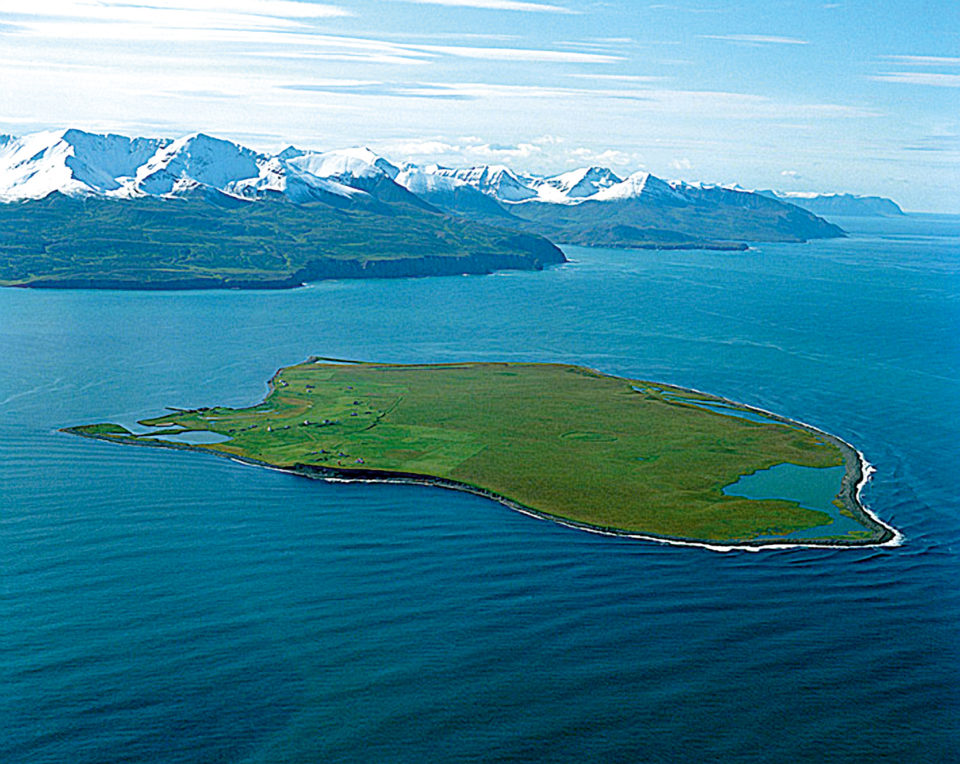
Flatey is an abandoned island settlement on the edge of Skjálfandi Bay. Spread flat, this veritable pancake of a land mass is rich in bird fauna, with over 30 different types of bird to watch, including both the dive-bombing Arctic Tern and the comedic, baked-potato-like Puffins.
Not to be confused with Flatey Island in the West Fjords, its name, as you might guess, simply means Flat-Island. Suitably, the highest point is a mere 20 meters above sea level. The light house stands 22m above sealevel. Though not much to boast about in the height department, it is 2.5km long and 1.7km wide, making it the 5th largest island off the coast of Iceland.
Today Flatey is known as holiday destination, it is a good spot for birdwatchers and sometimes Yoga classes are offered on the island.
History
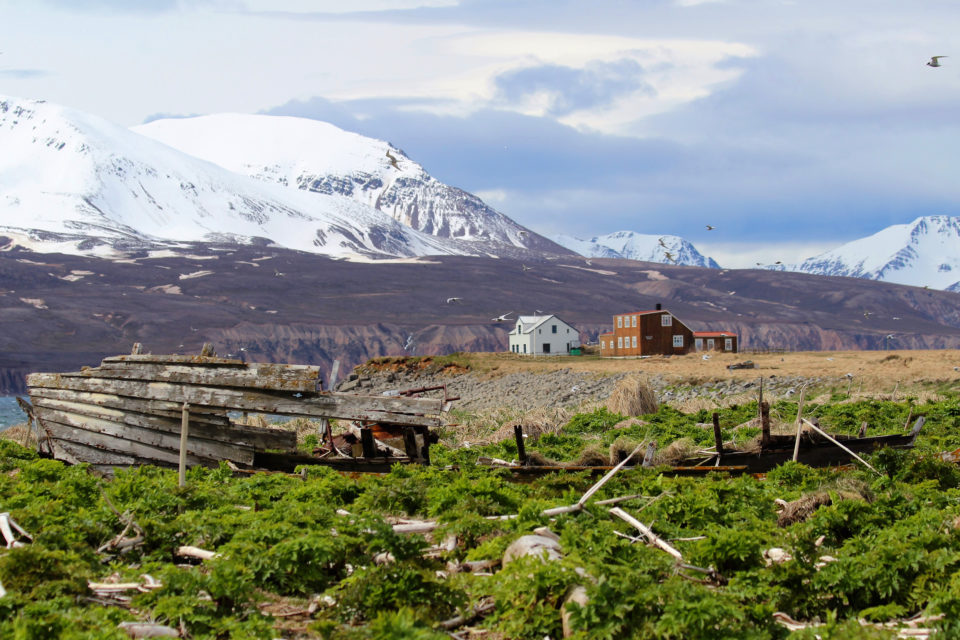
Many residents in Húsavík have houses on Flatey, which though uninhabited since 1967, was once a lively village with a church, a schoolhouse, and a lighthouse.
The 100 or so inhabitants subsisted in a typical Icelandic fashion, through farming and fishing. The living conditions were hard and there was no electricity or fresh water supply on the island. A boat went twice a month from Flatey to Húsavík transporting passengers, groceries and other goods.
Even though the community was lively Flatey could not compete with the surrounding communities once electricity and hot water arrived to the mainland and residents left slowly. Residents slowly left once electricity began to arrive on the mainland, and the last permanent resident left in 1967.
The island had a school house with two classes, class 1-5 and 6-10, a library and sport hall. School was only from October until April because the children were expected to help at home with fishing and farming during the summer month. 1937 an freezer was built near the harbour that served the entire island as refrigerator.
At the western part of the island an landing lane for airplanes was built and the first aeroplane landed in 1955. Even though it is not being used often, sometimes private aircrafts have landed there.
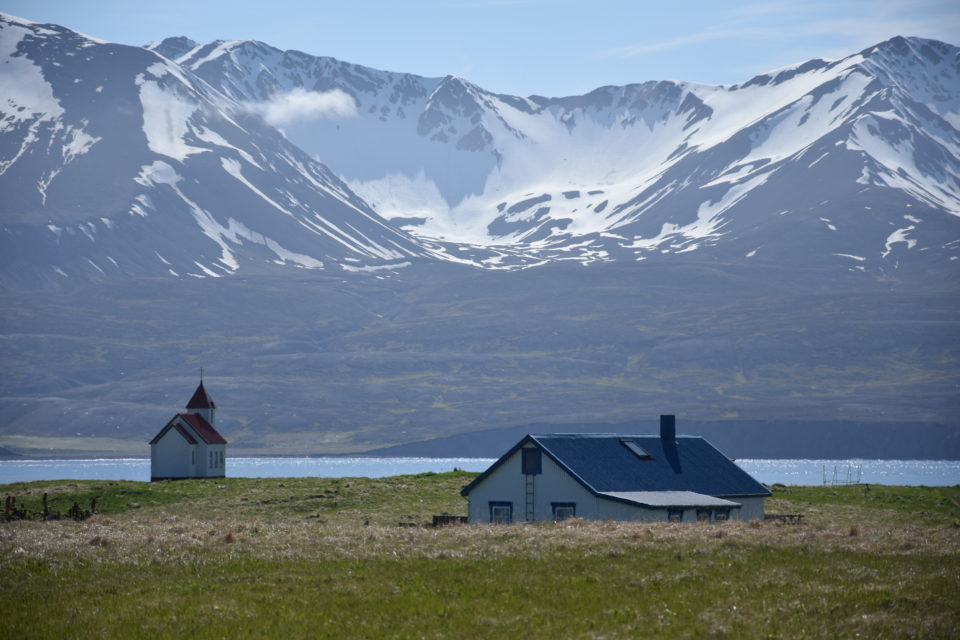
To this day, many people have summer houses there and families return there in summertime. It remains an interesting destination for tourists. Many buildings have been renovated and are used as summerhouses by relatives or descendants of the former inhabitants. Electricity has never arrived to the island so most houses use generators or gas as electric supplies and to heat up.
Interestingly the church that stands on the Island was moved several times between the island and the valley across forth and back until it found sit’s final destination.
Flora and Fauna
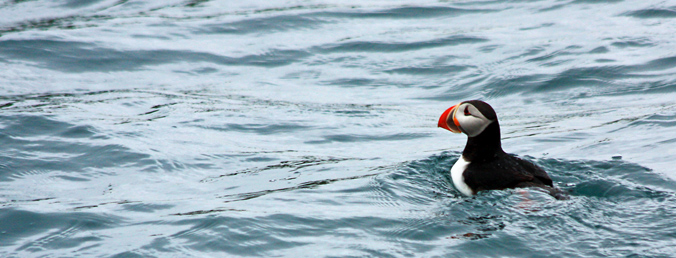
Flatey has a rich fauna, especially during the summer when breeding takes place. Over 30 species of birds can be seen on Flatey, including puffins (Fratercula arctica), Common Eider (Somateria mollissima), Arctic Tern(Sterna paradisaea), Black Guillemot (Cepphus grylle), Cormorant (Phalacrocorax carbo), Fulmar (Fulmarus glacialis), Kittiwake (Rissa tridactyla), Purple Sandpiper (Calidris maritima), Common Snipe (Gallinago gallinago), Red-necked Phalarope (phalaropus lobatus), Black-tailed Godwit (Limosa limosa), Whimbrel (Numenius phaeopus), Redshank (Tringa totanus), Ringed Plover (Charadrius hiaticula), Oystercatcher (Haematopus ostralegus), Golden Plover (Pluvialis apricaria), Dunlin (Calidris alpina), Turnstone (Arenaria interpres), Mallard (Anas platyrhynchos), Red-breasted Merganser (Mergus serrator), Teal (Ana crecca), Scaup (Aythua marila), Greylag Goose (Anser anser), Ptarmigan (Laopus mutus), Redwing (Turdus iliacus), Meadow Pipit (Anthus pratensis), White Wagtail (Motacilla alba), Northern Wheatear (Oenanthe oenanthe), Black-headed Gull (Larus ridibundus), Great Black-headed Gull (Larus fuscus), Long-tailed Duck (Clangula hyemalis), Whooper Swan (Cygnus cygnus), Common Raven (Corvus corax) and Gyrfalcon (falco rusticolus).
Geology
Iceland sits directly in between the Eurasian and North American tectonic plates. With the boundary passing from the South-west in Reykjanes up to Tjornes in the North-east. On the Tjörnes peninsula, there are a series of fault-lines, one of which runs visibly beneath the northern side of Húsavík mountain, out to Flatey Island. The Húsavík to Flatey Fault-line eventually goes on to join the Mid-Atlantic Ridge, a massive underwater mountain range formed by movement at the plate boundary.
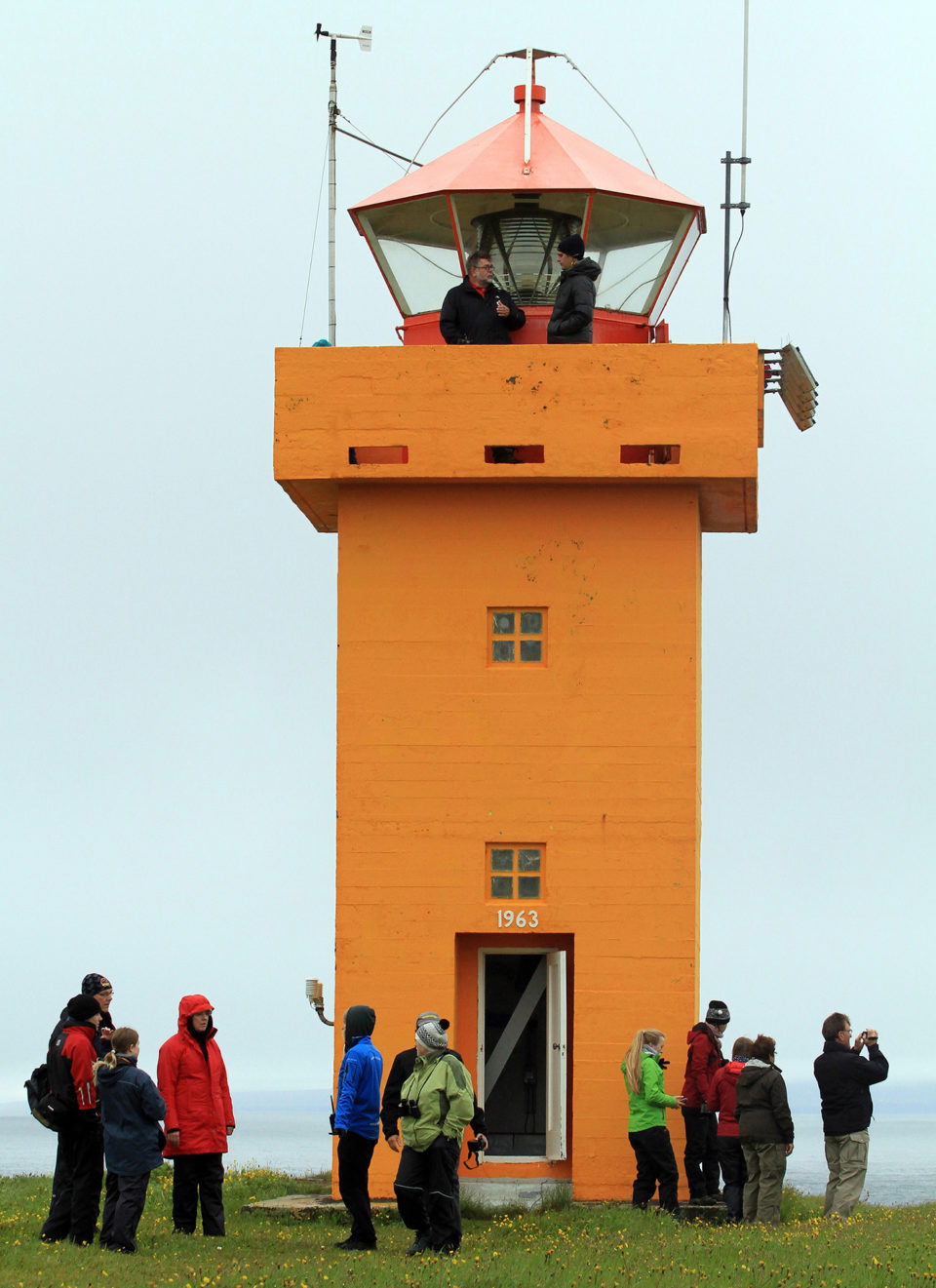
How to get there
Flatey Island lies just north of the similarly named peninsula, Flateyarskagi. On the opposite side of the bay to Húsavík, it’s clearly visible in good weather and is about 9 km from Húsavík.
The whale watching companies Gentle Giants and North Sailing offer tours to the island.
GPS: 66°09’52.9″N 17°51’40.5″W